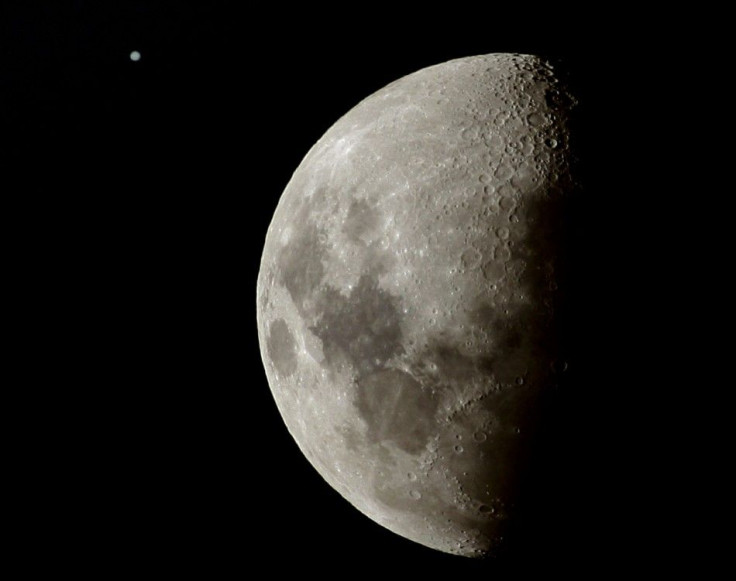Alien Particles: New Intersellar Particles Can Show History of Solar System

Researchers have found and measured new alien particles that have made their way through interstellar space into our heliosphere. Using NASA's Interstellar Boundary Explorer (IBEX) spacecraft, the team was able to detect neutral particles, which make up approximately half of the material outside of the heliosphere.
The heliosphere is the area encompassing our solar system, and is formed by the interaction between solar winds and the interstellar medium. Electrically charged particles cannot penetrate this boundary, but neutral particles, which these alien particles are, can.
The IBEX spacecraft used a low-energy neutral atom camera to detect and measure alien particles that no other camera has ever been able to. The data revealed that these alien particles enter our heliosphere at an amazingly fast speed--about 52,000 miles per hour. The IBEX spacecraft also discovered that the solar wind is about 7,000 miles per hour slower than previously thought, which indicates that our solar system is in what is called the local interstellar cloud.
The researchers have performed an analysis of the alien particles, and said the alien particle's composition is important because it can affect the strength of the heliosphere. They also said that sometime within the next thousand years, we will transition to another interstellar cloud, which can provide either more or less protection.
IBEX found neutral atoms in 2009 and 2010, but the new discovery is the most complete glimpse of the material. We've directly measured four separate types of atoms from interstellar space and the composition just doesn't match up with what we see in the solar system, Eric Christian, mission scientist for IBEX at NASA's Goddard Space Flight Center in Greenbelt, Md, said in a press release. IBEX's observations shed a whole new light on the mysterious zone where the solar system ends and interstellar space begins.
The researchers wrote in The Astrophysical Journal that our solar system is different than the rest of local interstellar space. In our solar system, for every 20 neon atoms there are 111 oxygen atoms. In the rest of the local interstellar space, for every 20 neon atoms there are 74 oxygen atoms. This translates to more oxygen in our solar system.
Our solar system is different than the space right outside it and that suggests two possibilities, David McComas, the principal investigator for IBEX at the Southwest Research Institute in San Antonio, Texas, said in a statement. Either the solar system evolved in a separate, more oxygen-rich part of the galaxy than where we currently reside or a great deal of critical, life-giving oxygen lies trapped in interstellar dust grains or ices, unable to move freely throughout space.
These results of the alien particle study can hold more information about the history of the universe, and knowing about that can help map out how the universe formed. This set of papers provide many of the first direct measurements of the interstellar medium around us, McComas said in a press release. We've been trying to understand our galaxy for a long time, and with all of these observations together, we are taking a major step forward in knowing what the local part of the galaxy is like.
© Copyright IBTimes 2024. All rights reserved.





















